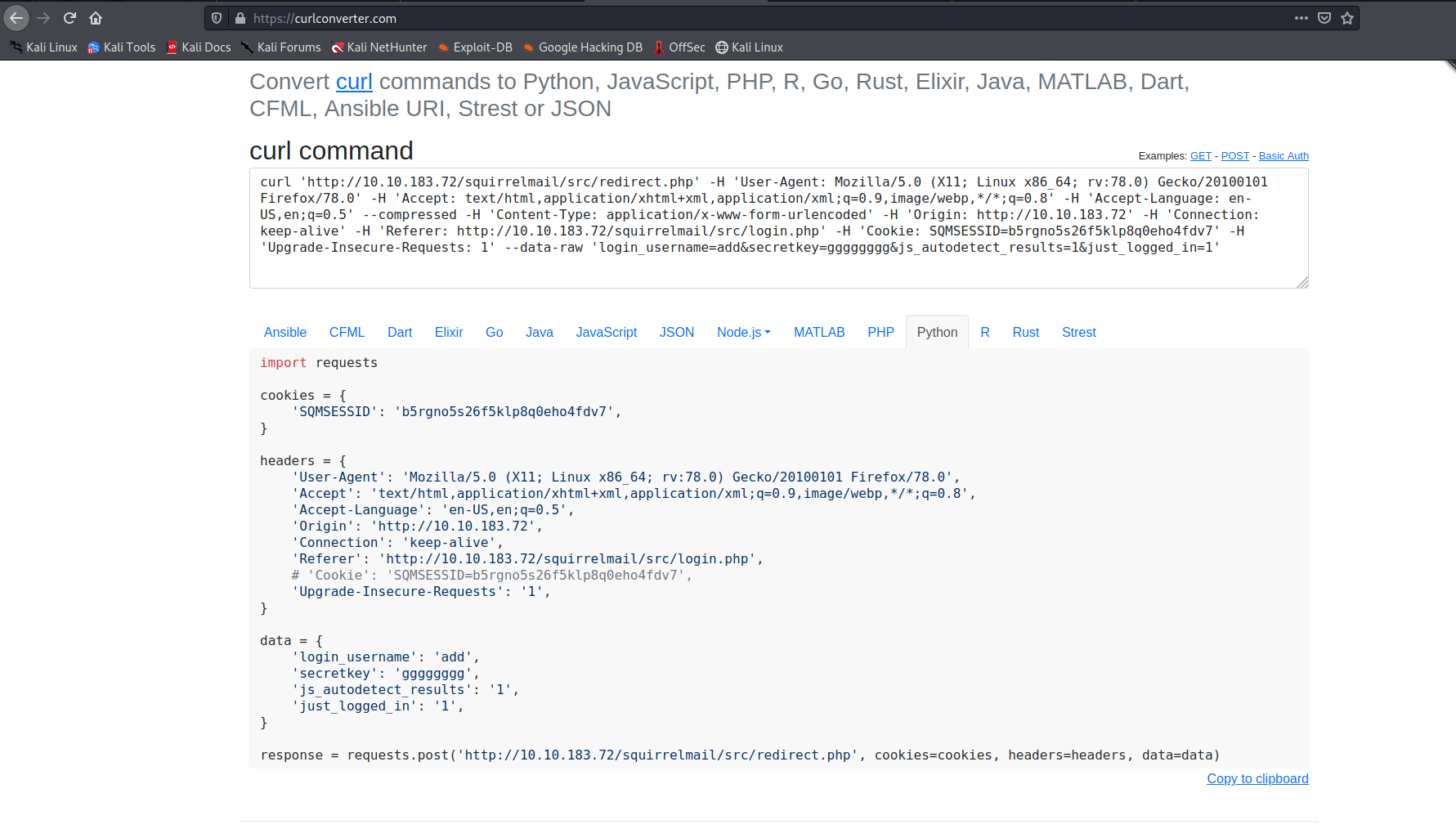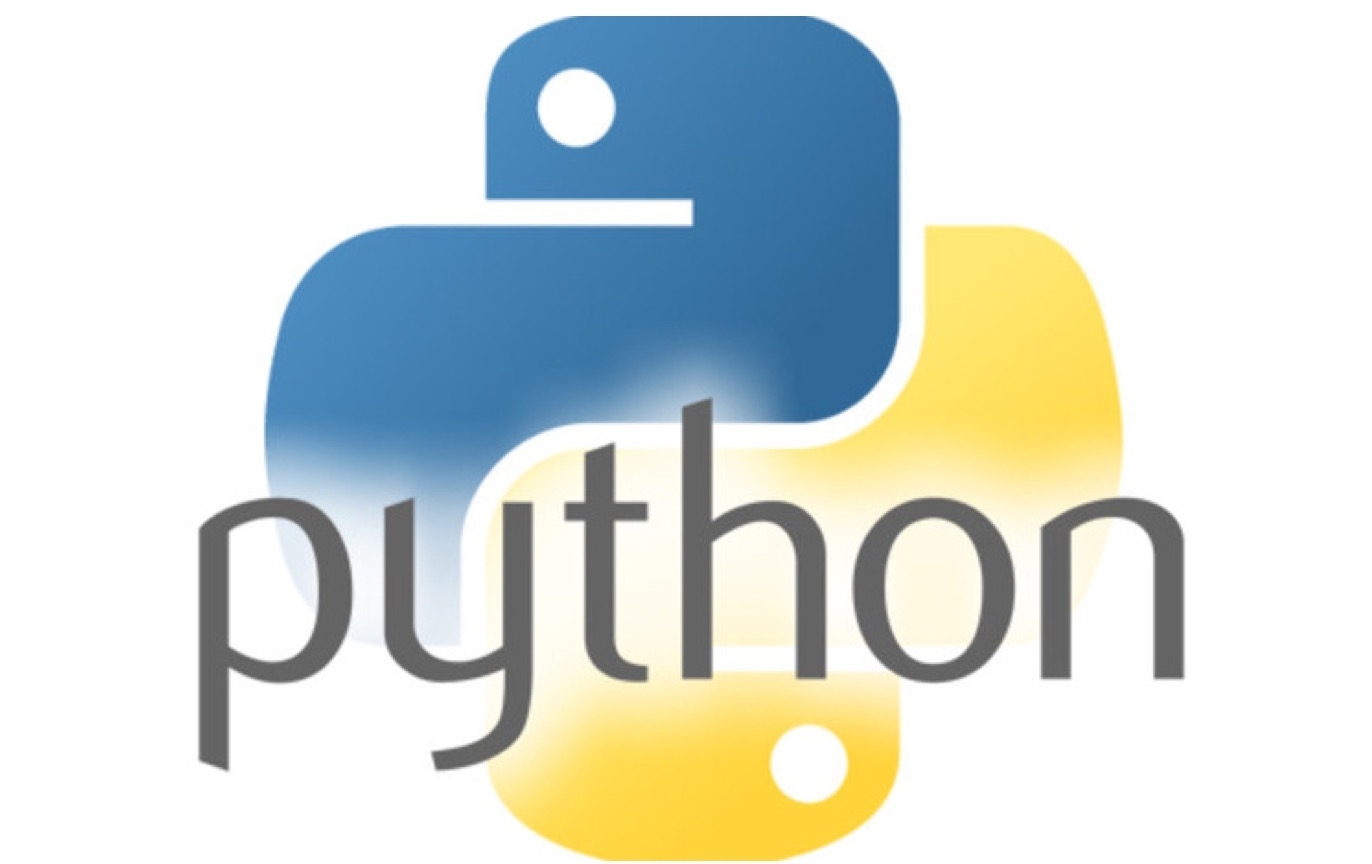When working on web-related projects or conducting penetration testing with Python, a common workflow involves first sending manual requests to a target website to inspect the responses. Following this, there's often a need to automate these requests using Python. However, manually translating all the intricate details of a web request—such as the URL, request method, cookies, referer headers, form data, and more—into code can be tedious and error-prone.
This article introduces a quick and efficient method to automate this process, eliminating the need to manually copy each field one by one.
Step 1: Copy the Request as cURL
Using your browser's built-in developer tools (typically accessible by pressing F12), navigate to the Network tab. Locate the specific request you want to automate (e.g., a user login request). Right-click on this request and select the option Copy as cURL. This action copies the complete request details in cURL format to your clipboard.
Step 2: Convert cURL to Python Code
Visit the website https://curlconverter.com/. Paste the copied cURL command into the input area on this site. The tool will automatically generate the corresponding Python code (typically using the requests library). This generated code conveniently includes all the necessary parameters from the original request, such as the HTTP method (POST or GET), headers (like Cookie and Referer), payload data, etc. An example of the conversion is illustrated in the figure below:

Step 3: Customize the Generated Code
You now have a solid foundation of Python code that replicates your initial web request. You can easily customize this code further to fit your specific business logic or testing scenario—for instance, by parameterizing paramters, adding error handling, or integrating it into a larger script.
In summary, this method provides a highly convenient and rapid way to bridge the gap between manual browser interactions and automated Python scripts, significantly streamlining the development and testing process.

Comments
Leave a Comment
No comments yet. Be the first to comment!